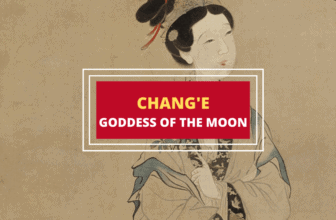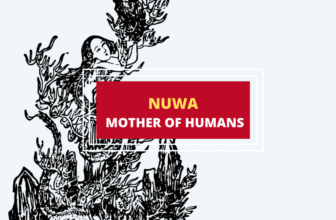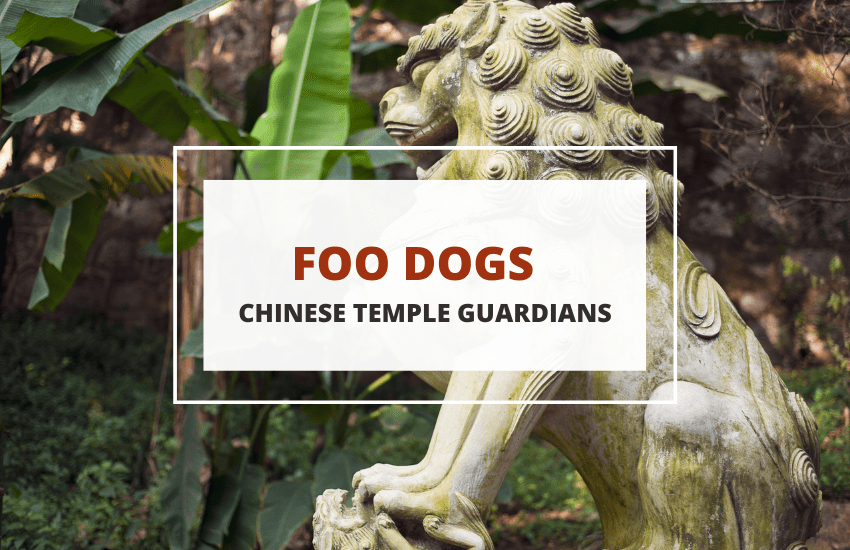
Table of Contents
If you’re getting into Feng Shui or you’re reading up on Chinese culture and mythology, you may have seen the famous Chinese Foo dogs.
These fascinating lion-like or dog-like statues typically come in pairs and guard the doorways of Chinese temples. They are similarly placed in Feng Shui too as they are believed to help protect the Chi balance of the home.
So, what do you need to know about the Foo dogs, and what exactly do these statues even represent?
What Are Foo Dogs?
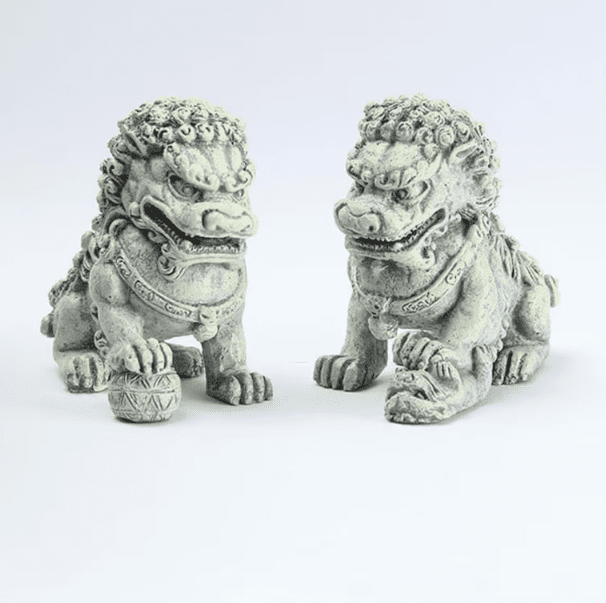
Foo dogs can come in various sizes but should always look as big and imposing as possible, compared to the doorway they guard. They are typically made out of marble, granite, or another type of stone. They can also be made out of ceramic, iron, bronze, or even gold.
Any material is acceptable as long as you can afford it. Due to their size, Foo dogs are usually quite expensive to sculpt which is why only rich people and large temples were able to afford them historically.
Dogs or Lions?
The term “Foo dogs” or “Fu dogs” is actually a western one and isn’t used for these statues in China and in Asia. In China, they are called Shi which is the Chinese word for lions.
In most other Asian countries they are just called Chinese Shi and in Japan – Korean Shi. The reason westerners called them “Foo” dogs is that foo translates as “Buddha” and “prosperity”.
And these statues do indeed represent lions rather than dogs. This can seem confusing as there aren’t any lions in China today but there used to be. Asiatic lions were not native to China, but lion imagery was introduced through Buddhist art and symbolism from regions like India.
For a long time, lions became so strongly associated with power, aristocracy, and the rule to govern that the Chinese people didn’t just start making statues of them – they bred dogs to look like them.
The name of the famous Chinese toy dog breed Shih Tzu literally translates as “Little Lion”, for example. Other Chinese breeds like the Chow Chow and the Pekingese are also often nicknamed “little lions”. And, funnily enough, such dog breeds were often used to guard temples too – not just from robbers but from a spiritual imbalance as well.
So, it’s perhaps not so surprising that the Foo dog statues look like dogs more than they look like lions. After all, live lions weren’t really native to China at the time and could only really be seen by rich people. For most of the common folk, a “lion” was a mythical animal similar to a dragon or a phoenix. Only, in this case, they thought a lion looked like a Shih Tzu.
Yin and Yang

If you look closely at Foo Dog statues, you will notice some patterns. Not only do they all look more or less the same but they often assume the same stance too. For one, they tend to be sitting and/or upright in a guard position. However, you’ll notice that one is often depicted with a ball under one of its front paws and the other – with a small lion cub in her feet.
As you might have guessed, the lion cub represents motherhood and the ball represented the globe. In other words, the Foo lions are gendered – the one with the cub is meant to be female and the one “ruling the world” is male. Ironically, both look the same and have lush manes. However, that just brings up the fact that most Chinese people of the time had never really seen a lion in person.
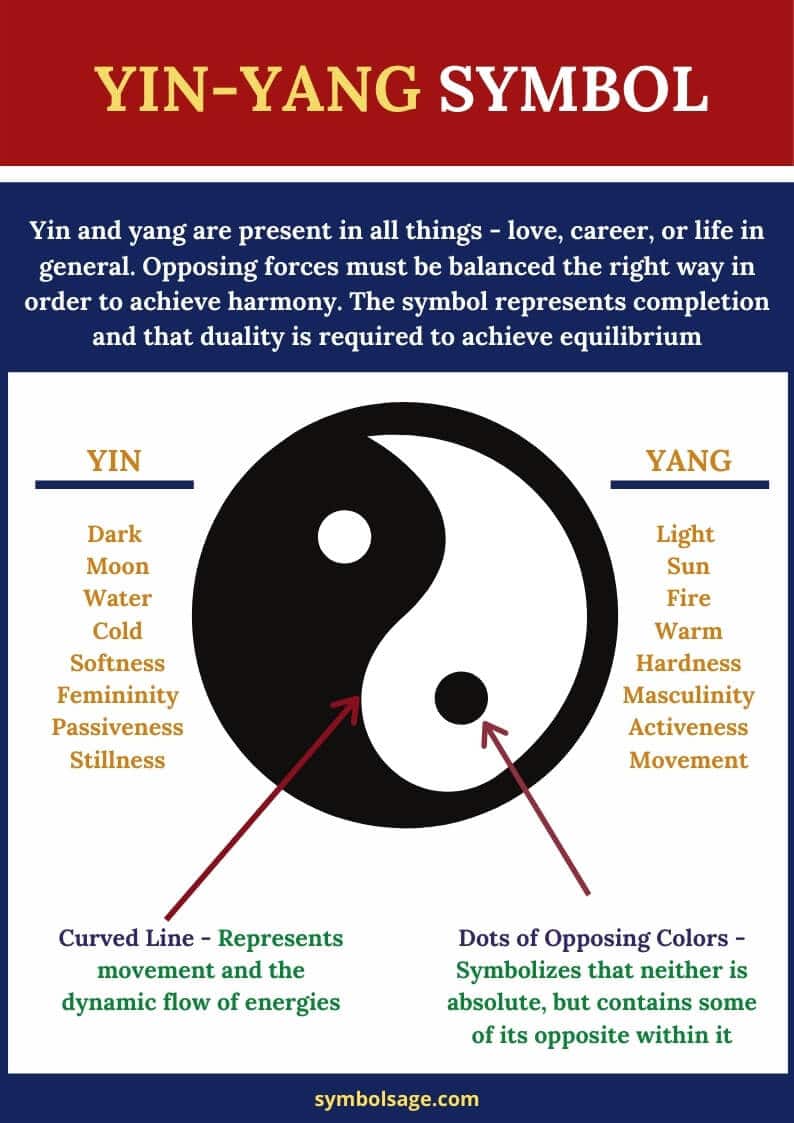
Most notably, the gendered nature of the Foo lions speaks about the Yin and Yang philosophy in both Buddhism and Taoism. In that way, the two lions represent both the female (Yin – the life force of receptivity) and male (Yang – the masculine force of action) beginnings and aspects of life. This balance between the lions further helps them to protect the spiritual balance in the home/temple they are guarding.
The lions will also usually have their mouths open with pearls in them (the female lion’s mouth is sometimes closed). The open and closed mouths of the Foo dogs are symbolic, representing the intake and outflow of breath or energy.
Foo Dogs and Feng Shui
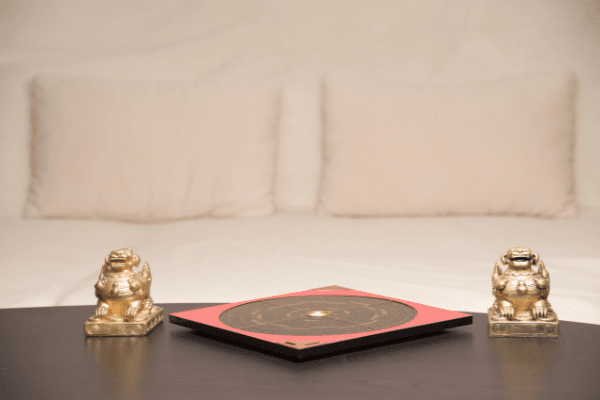
Naturally, to help keep your home’s energy in balance, the Foo dogs in Feng Shui need to be placed to guard the home’s entrance. This will optimize the balance between good and bad Chi in your home and will harmonize its energies.
To achieve that, the male dog/lion should always sit to the right of the front dog (right if you’re facing the door, left if you’re coming out of it) and the female should be on the other side.
If you have smaller Foo dog statues such as bookends, statuettes, table lamps, or others, then those should be placed in the living room on a shelf or a table overlooking the rest of the space. Again, the male dog should be on the right, and the female one – on the left.
If the dogs/lions seem of the same sex (i.e. there is no cub or globe under their paws), make sure that they are arranged with their raised paws on the inside. If they don’t have raised paws, just place them side by side.
In Conclusion
While we can’t speak to the validity of Feng Shui, the Foo dogs/Shi statues do have a long, storied, and fascinating history. Their statues, which are all over China and the rest of Asia, are some of the oldest preserved and still-used cultural artifacts in the world.
Their look is both unique and intimidating, and even the confusion between dogs and lions is wholly fascinating and emblematic of China’s fascination with lions.




